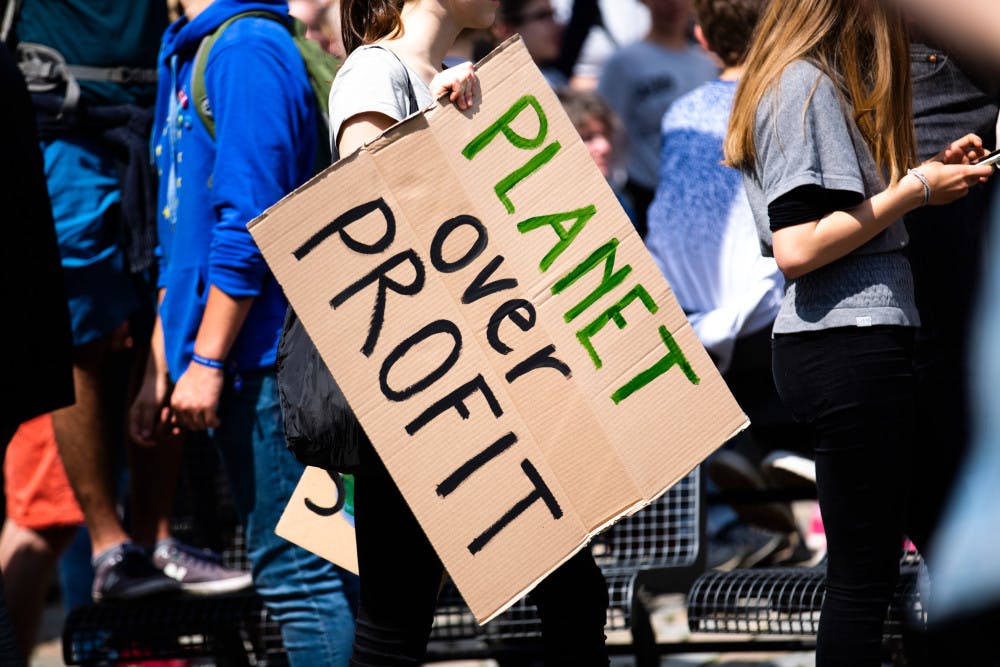By: Annalise Chapdelaine
As of last Friday, Feb. 19, 2021, the United States has rejoined the 2015 Paris Climate Agreement. Here’s what that is and what it means for the environment.
On Dec. 12, 2015, 196 countries agreed to sign the Paris Climate Agreement to monitor and combat climate change. Signatories agreed to work towards the main goal of keeping the average global temperature within 1.5 and 2 degrees Celsius higher than pre-industrial levels. The agreement encourages members to go above and beyond the requirement, however, and they must report greenhouse gas emissions as well as their plans to redirect investments and industry towards more environmentally-friendly options. The agreement was praised for allowing nations’ goals to reflect their abilities, rather than imposing strict rules on countries that have different resources and infrastructures.
A year and a half later, on June 1, 2017, President Donald Trump announced that the United States would leave the agreement, stating that it would have negative effects on the economy and was too invasive. Scientists, world leaders, and citizens criticized the decision as irresponsible, disappointing, and an “extraordinary setback” to uniting the world in climate change efforts. On Dec. 4, 2020, the United States officially withdrew from the agreement.
While other countries were prepared to step up their efforts after the United States backed out, experts feared that other countries would end up following suit and abandoning the agreement. Grassroots organizations, experts, analysts, and community leaders worked together to promote climate change action on a state and local level. America Is All In, which is a group of nearly 4,000 mayors, executives, religious groups, tribal leaders, and university leaders who have signed their support for the Paris Climate Agreement goals, was formed in direct response to the Trump administration’s decision. But even though individual states and cities committed to reducing greenhouse gas emissions, a lack of federal support made following through on those plans difficult.
Climate change is a main priority in the Biden administration, which created a robust program to address the crisis both at home and abroad. On Jan. 20, 2021, President Biden signed an executive order that began a month-long process of rejoining the agreement. The United States officially rejoined on Feb. 19, 2021. Biden’s plan commits the country to a “whole-of-government” approach that is meant to set the country on an “irreversible path” to a net-zero economy by 2050.
While our country has a long way to go in terms of seeing significant carbon emission reductions, rejoining the Paris Climate Agreement is a major step that shouldn’t be taken lightly. It commits our country to joining the fight against climate change, tells the rest of the world that we are taking this seriously and shows that we plan to follow through.
Photo courtesy of Unsplash.




